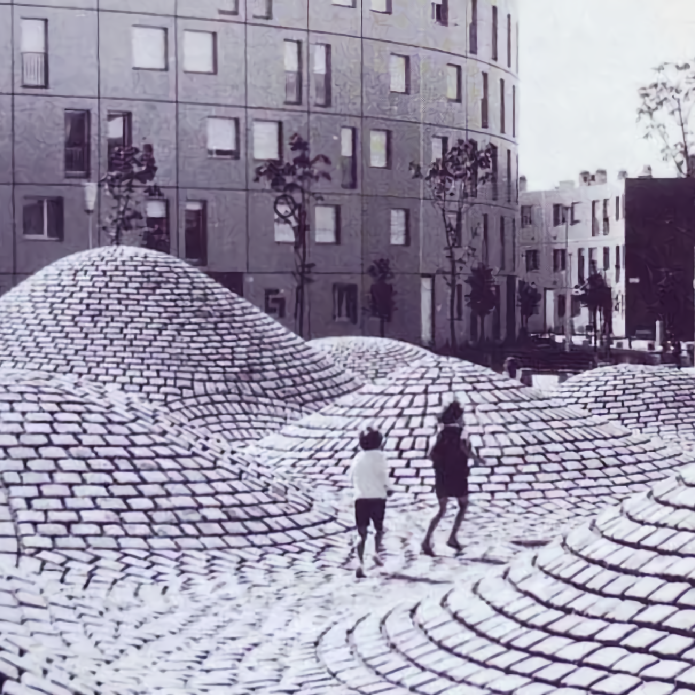Walk outside into 100-degree heat wearing a black shirt, and you’ll feel a whole lot hotter than if you were wearing white. Now think about your roof: If it’s also dark, it’s soaking up more of the sun’s energy and radiating that heat indoors. If it were a lighter color, it’d be like your home was wearing a giant white shirt all the time.
This is the idea behind the “cool roof.” Last month, Atlanta joined a growing number of American cities requiring that new roofs be more reflective. That significantly reduces temperatures not just in a building, but in the surrounding urban environment. “I really wanted to be able to approach climate change in the city of Atlanta with a diversity of tactics,” said City Council member Liliana Bakhtiari, who authored the bill, “because it’s far easier to change a local climate than it is a global one.”



Yes, I have an attic. Through it runs my AC ducts which are insulated pretty poorly from what I can tell. And yes, additional insulation above the ceiling of the interior spaces. The attic itself is at deadly temperatures pretty much all summer long, because attic ventilation does not adequately clear the heat. This has been true of every house I’ve lived in since I was a kid. (Which is a lot of houses because I’m old)
It’s difficult for me to imagine that permanently shading the roof and leaving an air gap above it would not improve things in addition to the presence of insulation and the attic itself, since it would lower temps in the attic. Regardless of the presence of insulation, reducing the delta between the attic temp and interior temp seems like it would be a win to me. My question, ultimately, is how much would a spaced layer above the roof impact this. To me, it feels like it would impact that delta a lot, but maybe not.